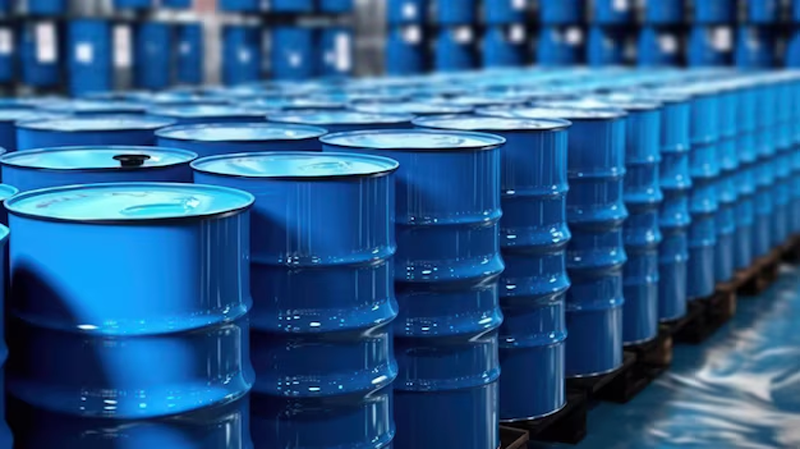Time: Popularity:0times
We all know that vitamin supplements are rampant in the United States. Today, the scale of China's vitamin supplement market is also very large and is still expanding. Many people say that they have taken or are taking vitamin preparations. So, do we really understand vitamins?

The Latin word for vitamins is Vitamin, which is transliterated as "vitamin". Vitamins are a type of trace organic substances that humans and animals must obtain from food to maintain normal physiological functions. They play an important role in human growth, metabolism, and development.
According to the chemical properties of vitamins, they are divided into two categories: fat-soluble and water-soluble. They are named in English letters according to the order of discovery.
(1) Vitamin A
Mainly includes retinol isolated from marine fish liver oil, now named vitamin A1. which is generally referred to as vitamin A; and vitamin A2 (3-dehydroretinol) isolated from freshwater fish liver. In addition, carotene and zeaxanthin present in plants are called provitamin A, which can be converted into vitamin A in the human body under the action of relevant enzymes.
(2) Vitamin D
It is a general term for a class of vitamins that fight rickets. The most important of these are vitamin D2 (ergocalciferol) and vitamin D3 (cholecalciferol). Vitamin D often coexists with vitamin A in cod liver oil. In addition, egg yolks, butter, pork liver and other foods also contain vitamin D. Proper sunbathing is enough to meet the body's needs for vitamin D.
(3) Vitamin E
It is a class of vitamins related to reproductive function, also known as tocopherol. Vitamin E can reduce oxygen consumption in tissues in the body and is beneficial to the body's tolerance to low oxygen conditions. It promotes the production of hemoglobin in the liver. In addition, vitamin E has an antioxidant effect, preventing the peroxidation of unsaturated fatty acids and reducing the production of peroxidized esters. It also has a protective, stabilizing and regulatory effect on biological membranes, which is a comprehensive anti-aging effect. However, long-term high-dose use is potentially toxic and not only unhelpful but also potentially harmful to the body.
(4) Vitamin K
Vitamin K is an essential substance for the synthesis of four coagulation proteins in the liver. Vitamin K controls blood coagulation. Food sources mainly include green leafy vegetables, and other sources include fish, fish eggs, liver, egg yolks, cream, butter, cheese, meat, milk, fruits, nuts, grains, etc.
(1) B vitamins
There are more than twelve types, nine of which are recognized by the world. All of them are water-soluble vitamins. They only stay in the body for a few hours and must be supplemented every day. B vitamins are essential nutrients for all human tissues and are the key to releasing energy from food.
Vitamin B1: Thiamine
Vitamin B2: Riboflavin (comprises FMN, FAD)
Vitamin B3: Niacin, Vitamin PP (comprises NAD, NADP)
Vitamin B5: Pantothenic acid (pantothenic acid), nicotinic acid, nicotinic acid
Vitamin B6: Pyridoxines, including pyridoxine, pyridoxal and pyridoxamine
Vitamin B7: Biotin (vitamin H)
Vitamin B9: Pteroylglutamic acid, folic acid, vitamin M, leaf essence
Vitamin B12: Cobalamin, cyanocobalamin, coenzyme B12
(2) Vitamin C
The main function of vitamin C is anti-oxidation. Together with vitamin A and vitamin E, it is called the three anti-oxidation swordsmen. Secondly, it can also improve immunity, prevent cancer, heart disease, stroke, protect teeth and gums, etc. In addition, vitamin C can also reduce skin melanin deposition, thereby reducing spots and making the skin white. Foods rich in vitamin C include cauliflower, green peppers, oranges, grape juice, tomatoes, etc.
Company Phone
+86-21-6420 0566
Working hours
Monday to Friday
Mobile phone:
13816217984
Email:
info@qinsun-lab.com
